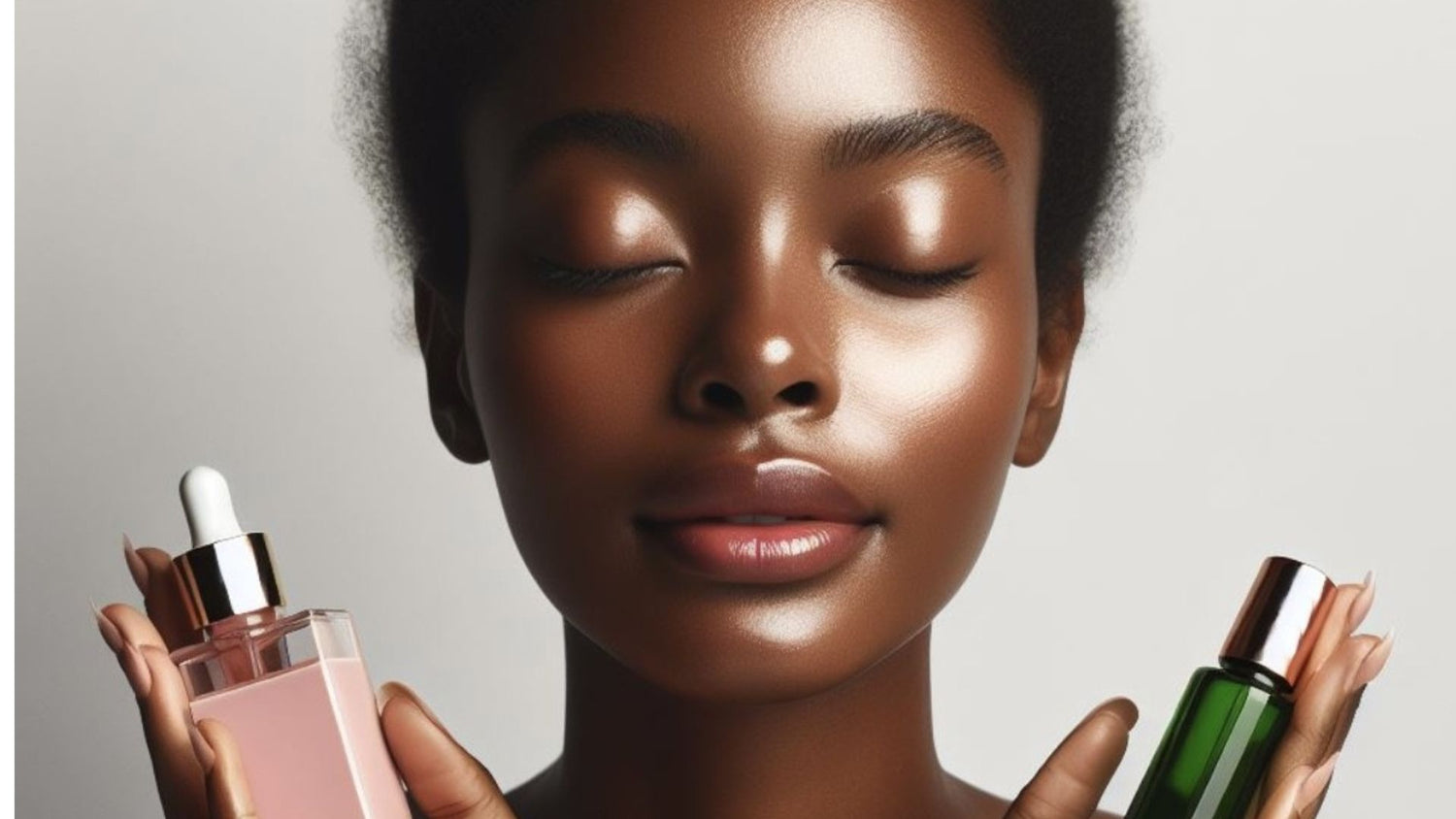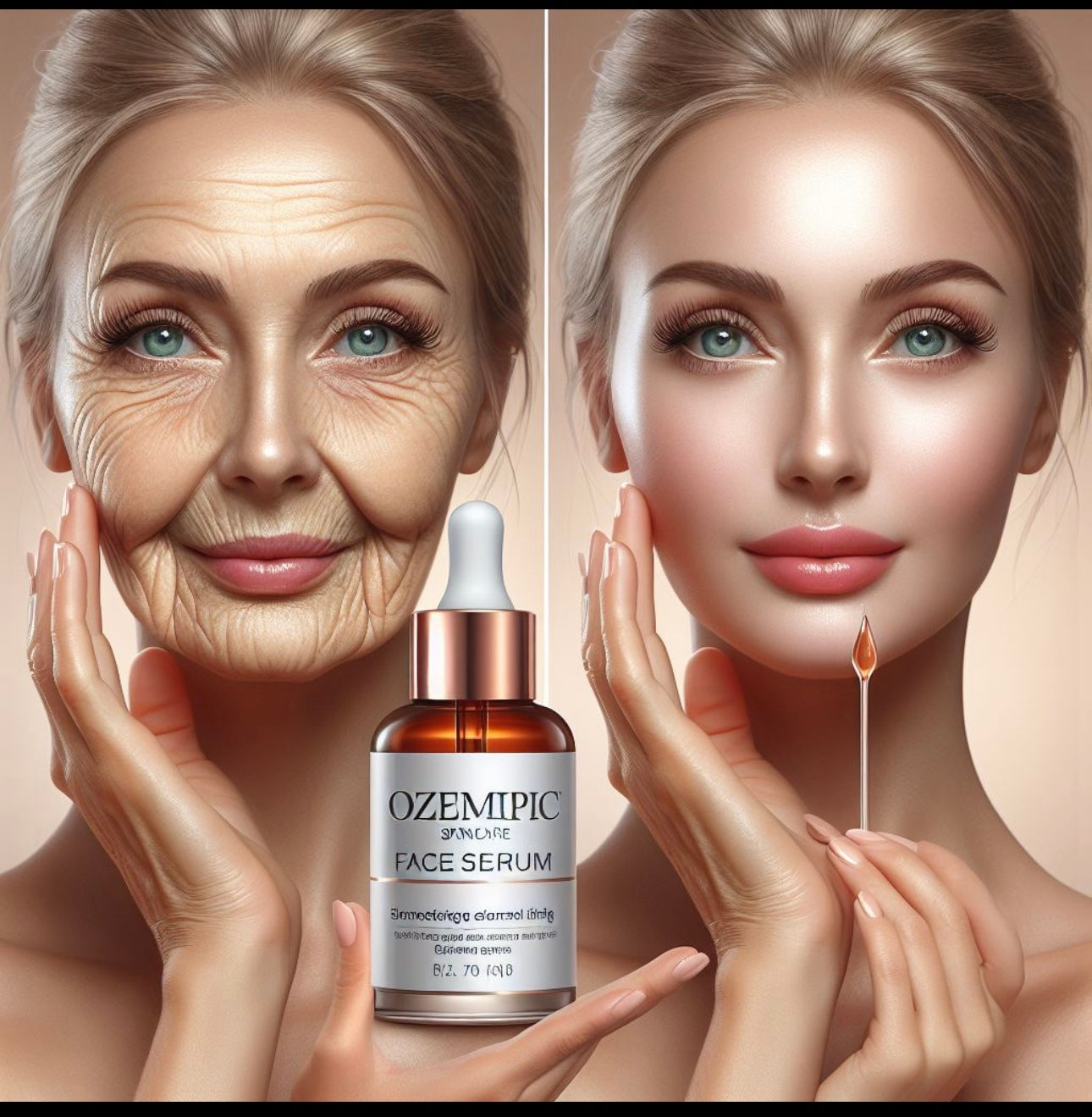It feels like every day something is different with my hair. One day it’s frizzy, the next day it’s flat or it’s tangled, un-manageable, dry, blah, blah, blah. Well, it occurred me that my hair might not be as healthy as I would like, but why would I even care? It’s just dead cells…right? Wrong! Healthy hair is more important than one would think; especially, if you want to be a contender for a celeb-worthy hairstyle. Not only does a healthy head of hair look shiny, silky and overall gorgeous but also helps prevent against further damage from every day occurrences.
If you think how many times you over-brush your hair or use a heat styling tool it’s easy to see why hair could become damaged. If you protect against this, not only will it grow faster and be more manageable but it will also become more resistant to further damage ie become stronger. So now it’s time to really focus our attention on how to recognize the problem.
The problem is truly the antithesis of the hair we crave. We want silky hair, yet damaged hair lacks luster. We want a full head of hair, yet damaged hair is weak and breaks. We want easy-to-manage hair, yet damaged hair is unruly. The list goes on.
Here is a list of common warning signs of damaged hair.
1) split ends
2) dullness
3) brittle hair
4) tangled
5) breaks easily
A great indicator of damaged hair is how fast your hair dries. Since damaged hair cuticles are often more porous, the hair will dry faster, not to mention soak up too much color when being colored and release it too quickly. (Great reason to fix the problem, as those dye jobs are not cheap)
Derek Yuen, a celeb hair stylist and Sebastian Professional who has done the strands of ladies like Kate Hudson and Charlotte Ronson, says “split ends are the most common signs of damaged hair.” He also warns that the best way to prevent this is to get a haircut every 8-12 weeks. I have been in Derek’s chair unbelievably frustrated with the frizz on my head, cursing the New England humidity, but he taught me the error of my thought. He said that my hair had so many split ends they traveled up the shaft creating the frizz. He really helped me get my silky frizz-free curls back.
The truth is, the amount of damage will dictate when and if you should see your stylist. If you feel that it has become a major issue, go see your hair stylist. One of the best ways to start the mend is a haircut. Also a stylist will be able to tailor products and techniques to your specific hair type that will protect you from further damage.
If you only have slight damage and want to try and fix this at home, Derek recommends using olive oil. He says that olive oil, “has the smallest molecules and therefore can penetrate the cuticle layer to moisturize the hair.”
When you have a handle on the problem the next plan of action is to prevent future damage. Damaged can be caused by a series of factors including the environment, but one of the most common is excessive exposure to heat and hair dyes. I’m most certainly guilty of that as I cannot resist a blowout so I have begun to use heat protecting sprays. Dr. Nicole Rogers, a dermatologist from WebMD says, “you can use styling products that contain silicone and dimethicone in order to coat and protect the hair cuticle.” Derek also recommends using Sebastian’s Trilliant Spray before any heat use as it will protect the hair cuticle from damage.
These days it seems that every issue has a quick fix, but sometimes they just don’t work. Many products do not function because they are only treating the symptoms, not the disease itself. In a world of diseases, damaged hair isn’t the worst, but if we can take “fussing with hair” off our lists it will free up time to fight all our other battles.
And don’t forget to check out our feature on How Often You Should Wash Your Hair and Find The Right Dry Shampoo For Your Hair Type.
– Yiannoula Choros
For more giveaways and contests, sign up for our newsletter HERE.
If you like this post, share it with your friends and give it a LIKE on Facebook.










